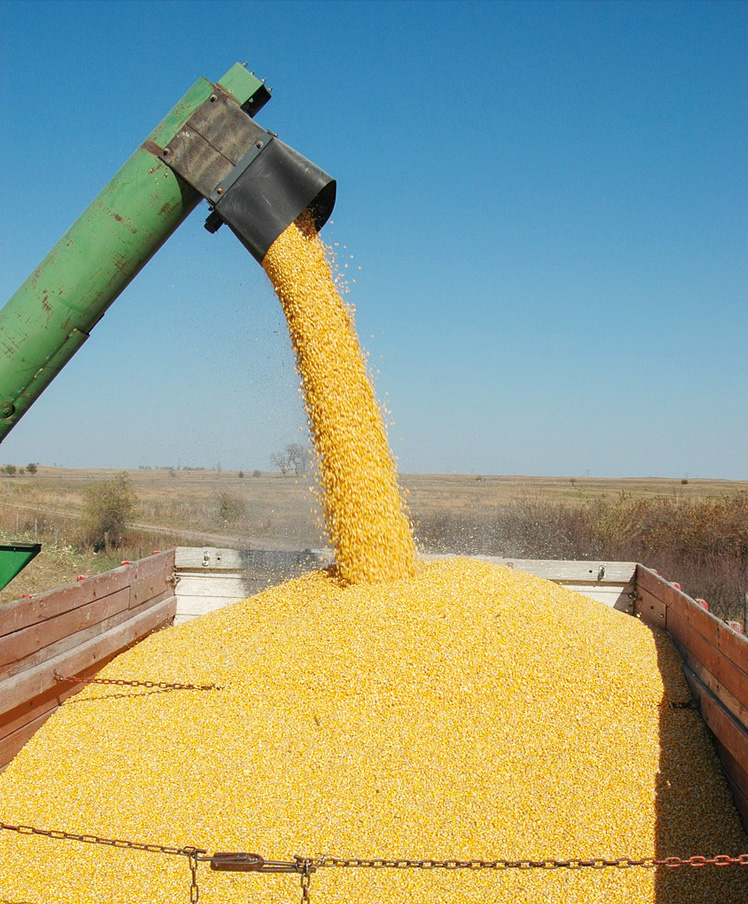Optimize Crop Development and Return With Premium Water Soluble Polymers for Farming
Costs water-soluble polymers have actually emerged as a promising tool in this quest, providing an array of benefits that can revolutionize the method we come close to plant farming. By addressing important facets such as dirt framework, water retention, and nutrient distribution, these polymers have the potential to unlock new degrees of efficiency and return in farming manufacturing.
Advantages of Water-Soluble Polymers
Water-soluble polymers offer a series of benefits in agricultural applications, improving soil structure and water retention effectiveness. These polymers, when applied to the soil, can substantially boost dirt gathering, decreasing erosion and enhancing general soil health. By enhancing soil structure, water-soluble polymers develop an extra desirable setting for origin development and growth, inevitably bring about boosted plant yields.

Improved Soil Framework
Provided the demonstrated benefits of water-soluble polymers in boosting dirt quality and water retention, a key facet that stands out is the considerable impact these polymers have on reorganizing the dirt composition. Costs water-soluble polymers play a vital function in improving dirt framework by promoting dirt aggregation and stability. By boosting dirt framework, water-soluble polymers assist prevent dirt compaction, which can restrict root growth and water activity.
Enhanced Water Retention
Enhanced water retention can be accomplished via the use of costs water-soluble polymers in agricultural methods. These polymers have the one-of-a-kind ability to take in and preserve large amounts of water within the dirt account, creating a tank that plants can access throughout periods of water tension.
Costs water-soluble polymers operate by forming a gel-like structure when blended with water, raising the soil's water-holding capacity and minimizing water loss via dissipation and runoff. This improved water retention not just boosts plant resilience to drought conditions however likewise lowers the regularity of irrigation, resulting in water conservation and expense financial savings for farmers.
Effective Nutrient Delivery
With the foundation of enhanced water retention now developed, the emphasis moves in the direction of enhancing farming techniques with the effective distribution of nutrients to plants for continual read this post here development and efficiency (Agriculture). Efficient nutrient delivery is crucial in taking full advantage of crop yields and ensuring plant wellness. Water-soluble polymers play an essential function in this process by helping with the controlled launch of necessary nutrients to the plants' root systems
One key advantage of utilizing premium water-soluble polymers for reliable nutrient distribution is their capability to bind with nutrients, such as phosphorus, nitrogen, and potassium, avoiding leaching and drainage. This makes sure that the plants get a consistent and steady supply of nutrients, decreasing wastefulness and ecological influence.
Additionally, these polymers can enhance nutrient uptake performance by promoting origin advancement and improving dirt framework (Agriculture). By producing a favorable atmosphere for root growth, water-soluble polymers aid plants gain access to nutrients more successfully, causing healthier plants with boosted resistance to stress factors like drought or condition
Taking Full Advantage Of Plant Yields
These polymers play a crucial role in enhancing soil structure, water retention, and nutrient absorption, inevitably leading to boosted plant development and growth. By including water-soluble polymers right into advice their watering methods, farmers can make sure that plants get a constant and appropriate water supply, also throughout durations of drought or water scarcity.
Furthermore, water-soluble polymers help decrease soil disintegration, decrease nutrient leaching, and advertise origin advancement, all of which contribute to higher crop returns. By creating a safety film around plant roots, these polymers boost nutrient uptake performance and secure plants from environmental stressors. Additionally, using costs water-soluble polymers can improve the overall health and resilience of plants, leading to enhanced returns and boosted agricultural sustainability.
Conclusion

These polymers, when used to the dirt, can dramatically improve soil aggregation, decreasing erosion and enhancing general soil health and wellness.Provided the demonstrated benefits of water-soluble polymers in improving soil quality and water retention, an essential aspect that stands out is the significant impact these polymers have on restructuring the dirt make-up. Costs water-soluble polymers play a crucial duty in boosting dirt structure by promoting soil gathering and security. By improving soil structure, water-soluble polymers help prevent dirt compaction, which can limit root growth and water movement. These polymers have the special ability to absorb and keep huge quantities of water within the soil profile, creating a tank that plants can access during periods of water stress and anxiety.